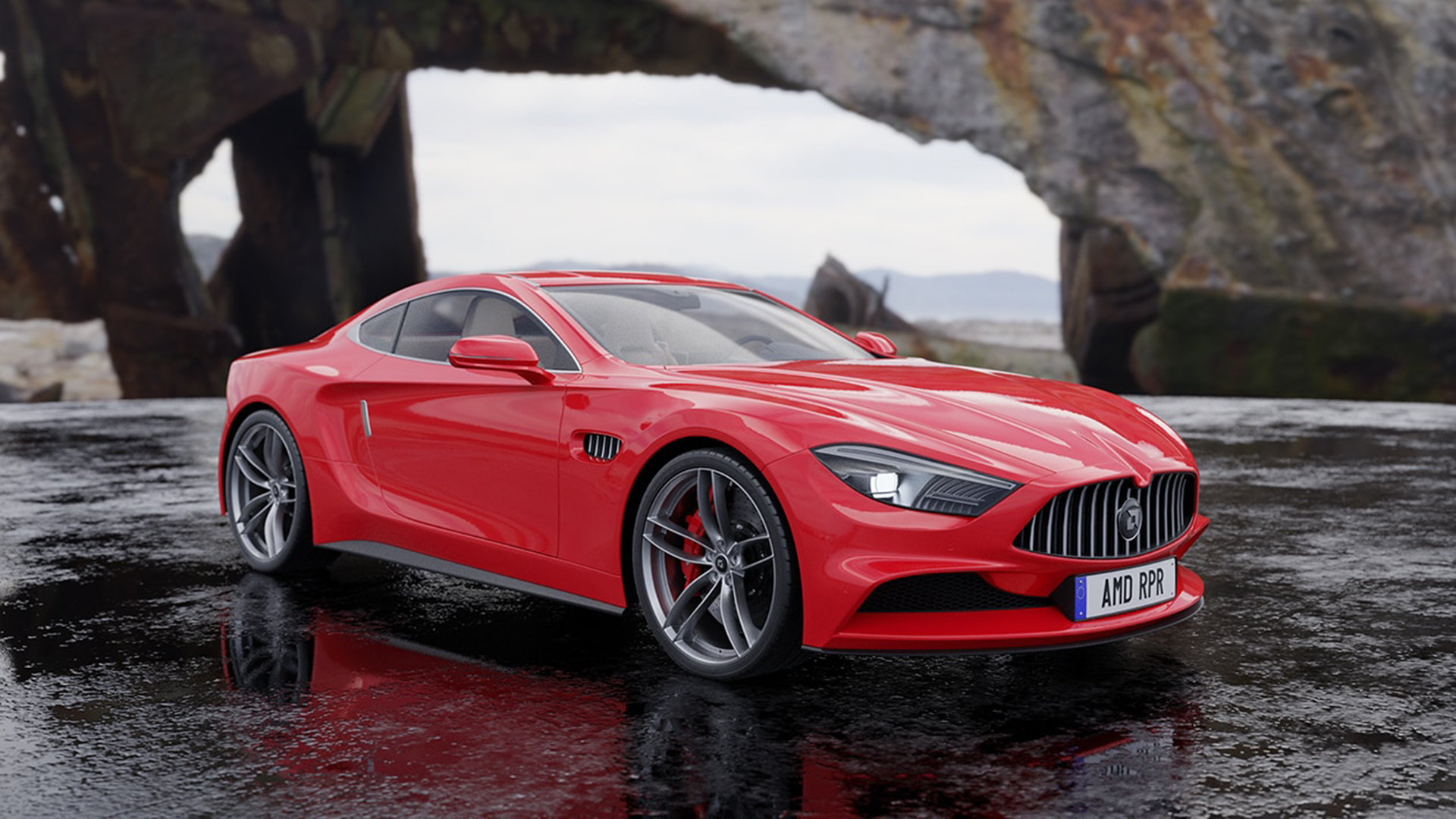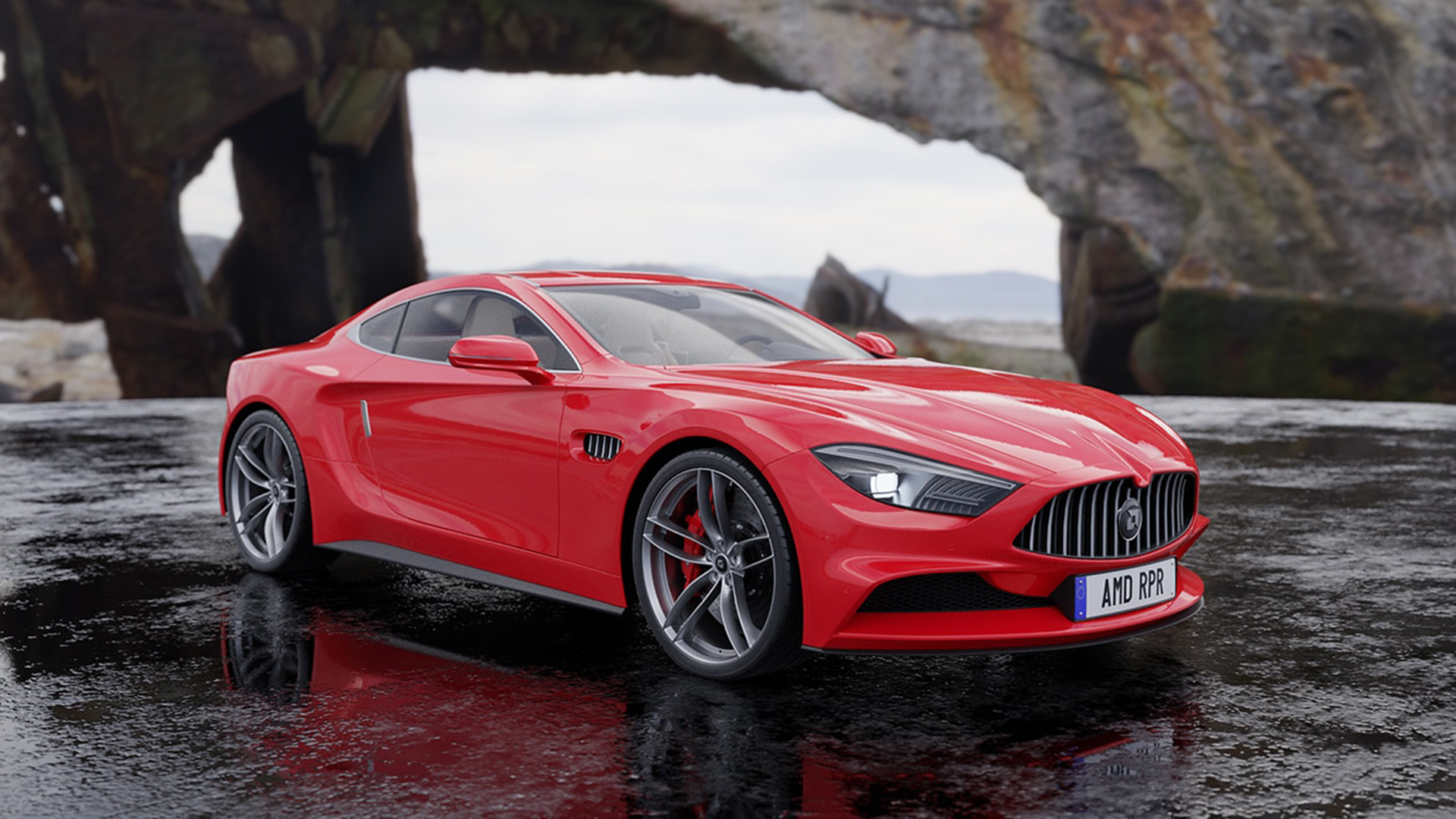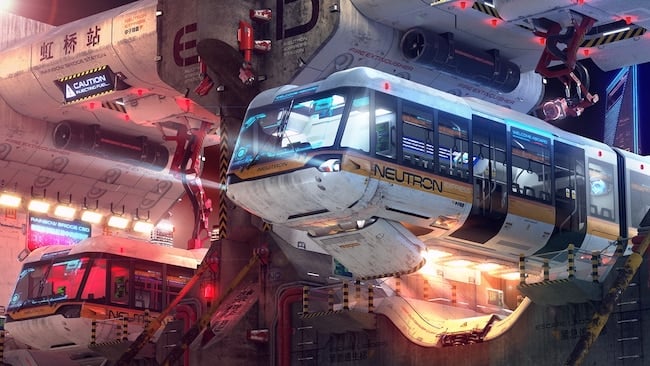

In spite of flying largely under the radar, AMD’s 3D rendering engine has had a good year.
For those not familiar, ProRender is a production rendering engine based on the Vulkan API, providing what AMD calls “Full Spectrum Rendering” technology. Built using OpenCL and Metal, it’s available for Windows, Linux and macOS, and it’s also processor and GPU agnostic.
One of ProRender’s selling points is that it can use both the CPU and the GPU, including multiples of either, at the same time rather than choosing either CPU or GPU.
As far as rendering features go, ProRender is keeping up with the competition with physically based cameras and materials, and incorporates ray tracing, path tracing, and global illumination. It has both an interactive mode and a production mode. The list of rendering features it supports is large, with the latest addition being tapered hair support.
Software support
Maxon, maker of the deservedly well-loved Cinema4D, has been using ProRender for a long time as a first-class rendering option within Cinema4D. With the release of Cinema4D R21, that integration now includes support for the node based materials that Maxon introduce in R20, plus volume rendering and improvements to the motion blur and render passes.
Solidworks Vizualize is a renderer designed for CAD users, and formerly required nVidia GPUs for hardware accelerated rendering. Now Vizualize supports ProRender, enabling hardware accelerated rendering independently of the GPU under the hood, giving Radeon GPU users GPU acceleration now, and most likely will include the Intel Xe GPUs coming in 2020.
The Foundry’s Modo 3D animation software has included ProRender support since version 13, and it’s been steadily improving that integration to add support for more ProRender features such as AMD’s denoising filters.

Earlier this year, SideFX released Houdini 18 which introduces a Universal Scene Description (USD) toolset for look development, lighting, and scene design called Solaris, one of the first implementations of Pixar’s new USD platform. USD includes a specification for a rendering interface called Hydra, designed to enable integration between 3D animation systems and renderers. AMD has implemented support for the Hydra spec, making ProRender one of the first Hydra-compliant renderers for Solaris and also an option for rendering within Houdini 18.
Not as new, but equally significant, ProRender plugins are available for Autodesks’ Maya and 3DS Max, as well as the Blender Foundation’s wonderful open source 3D animation software. AMD announced at SIGGRAPH 2019 that Bullet Render Farm and AMD have been collaborating to make ProRender available for cloud-based rendering, and now Render Pool has joined the ProRender family as well.
SDK
ProRender clients are free, as is a non-commercial SDK license. AMD also offers an SDK called Radeon Rays that provides a hardware accelerated ray tracing toolkit based on OpenCL, and an updated version using Vulkan. The Vulkan based Radeon Rays 3.0 goes beyond accelerating ray casting and intersection to incorporate a Bounding Volume Hierarchy (BVH) traversal, a common technique for streamlining ray hit calculations, and includes support for 16-bit float (FP16) computation.
Like nVidia’s Optix, ProRender also offers an AI-based de-noising and upscaling implementation using AMD’s own MIOpen machine learning library, but it can also use Microsoft’ DirectML. This denoising technology is available as part of the AMD Radeon Image Filter Library, also freely available for non-commercial use. The image filter library includes several other image filters, though only the denoising and upscaling filters are AI enhanced.
The market for 3D renderers is crowded and the bar is very high. Since the goal is realism, it’s tough for 3D renderers to differentiate themselves. AMD’s combination of cross platform support, including nVidia GPUs, plus balanced CPU + GPU rendering gives AMD a chance to use its CPU edge to counter nVidia’s GPU edge while it continues developing its own GPUs.
Tags: Technology


Comments